Universal Design

The 7 principles
The 7 principles of universal design were developed at the North Carolina State University in 1997 by architects, product designers and environmental design researchers, to guide designers towards more universal solutions.
The principles can be used to evaluate and reflect upon existing solutions. Furthermore to accommodate a universal design process not excluding anyone.
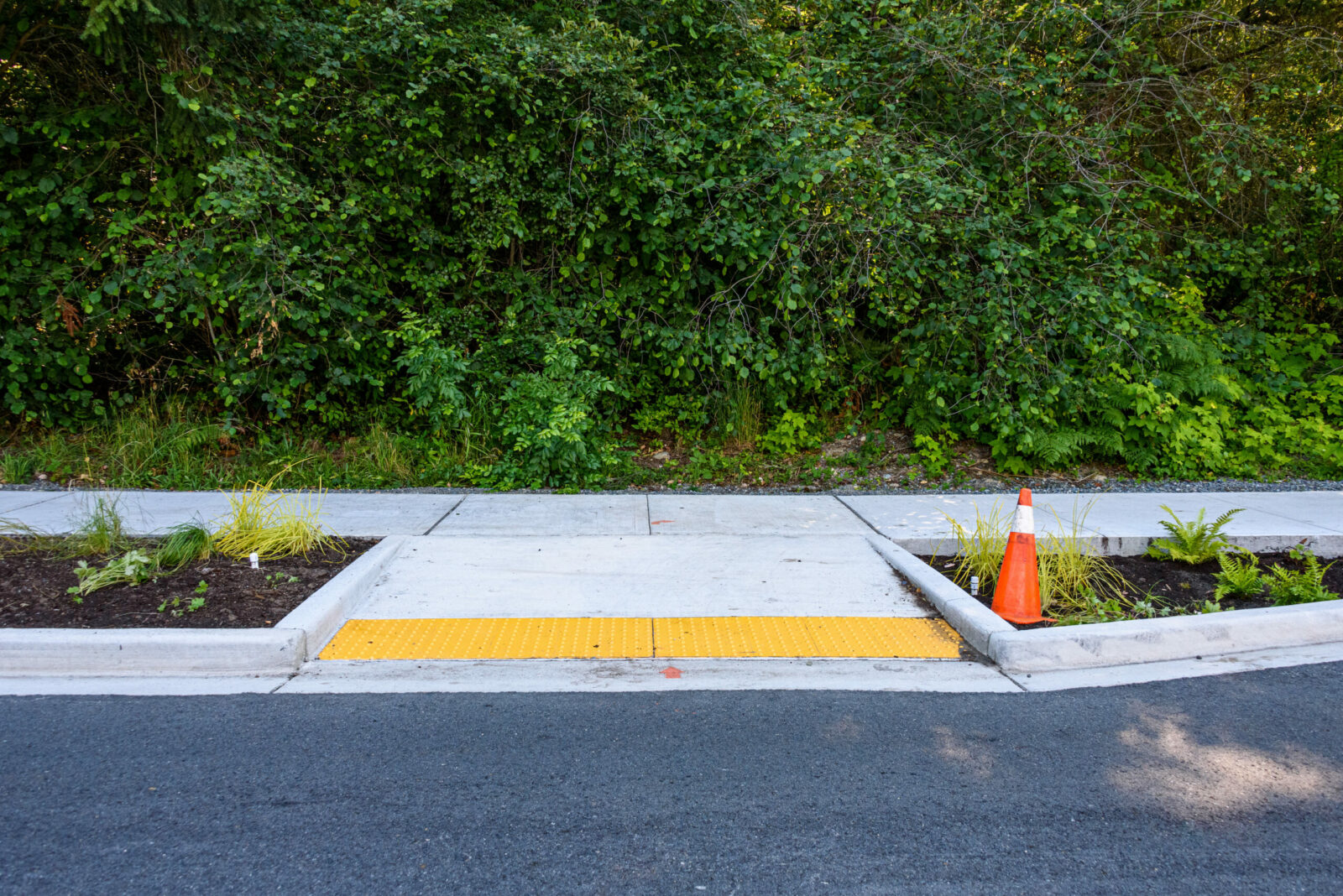
Equitable Use
The design is useful and marketable to people with diverse abilities.
Flexibility In Use
The design accomodates a wide range of individualism and abilities
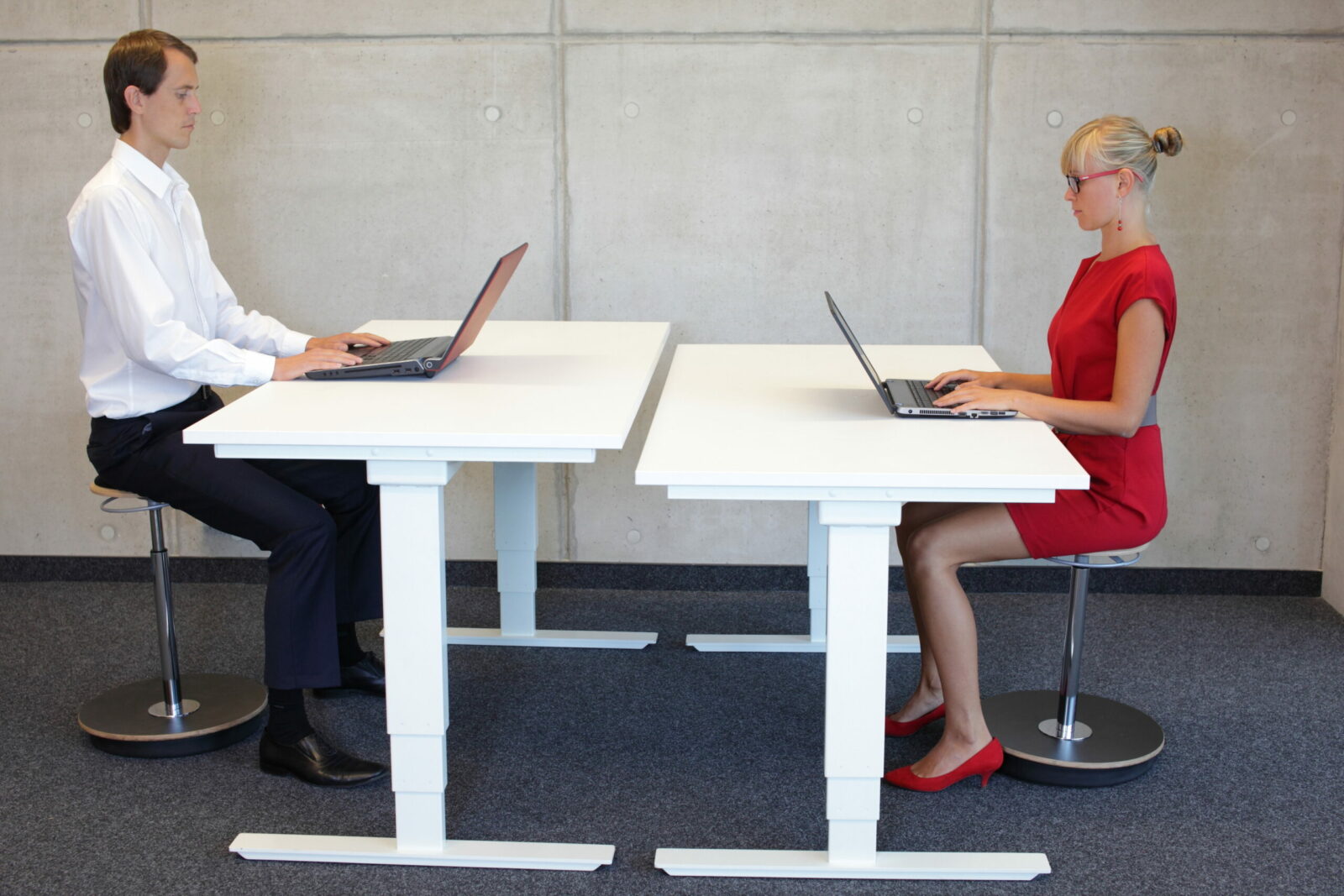
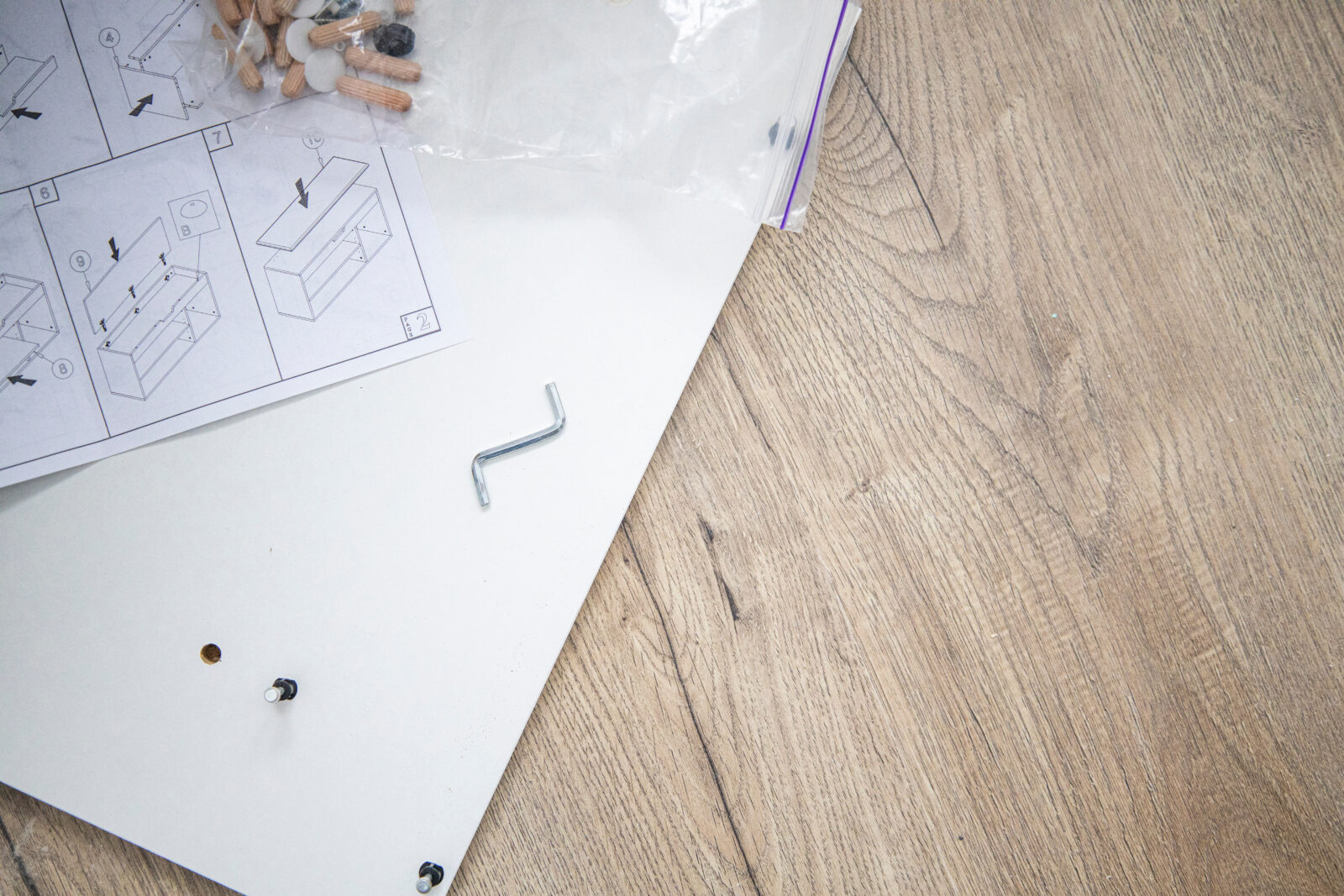
Simple and Intuitive Use
The design should be easy to understand regardless of the users knowledge, language, skills or concentration level.
Perceptible Information
The design communicates necessary information effectively to the user, regardless of ambientconditions or the user’s sensory abilities.
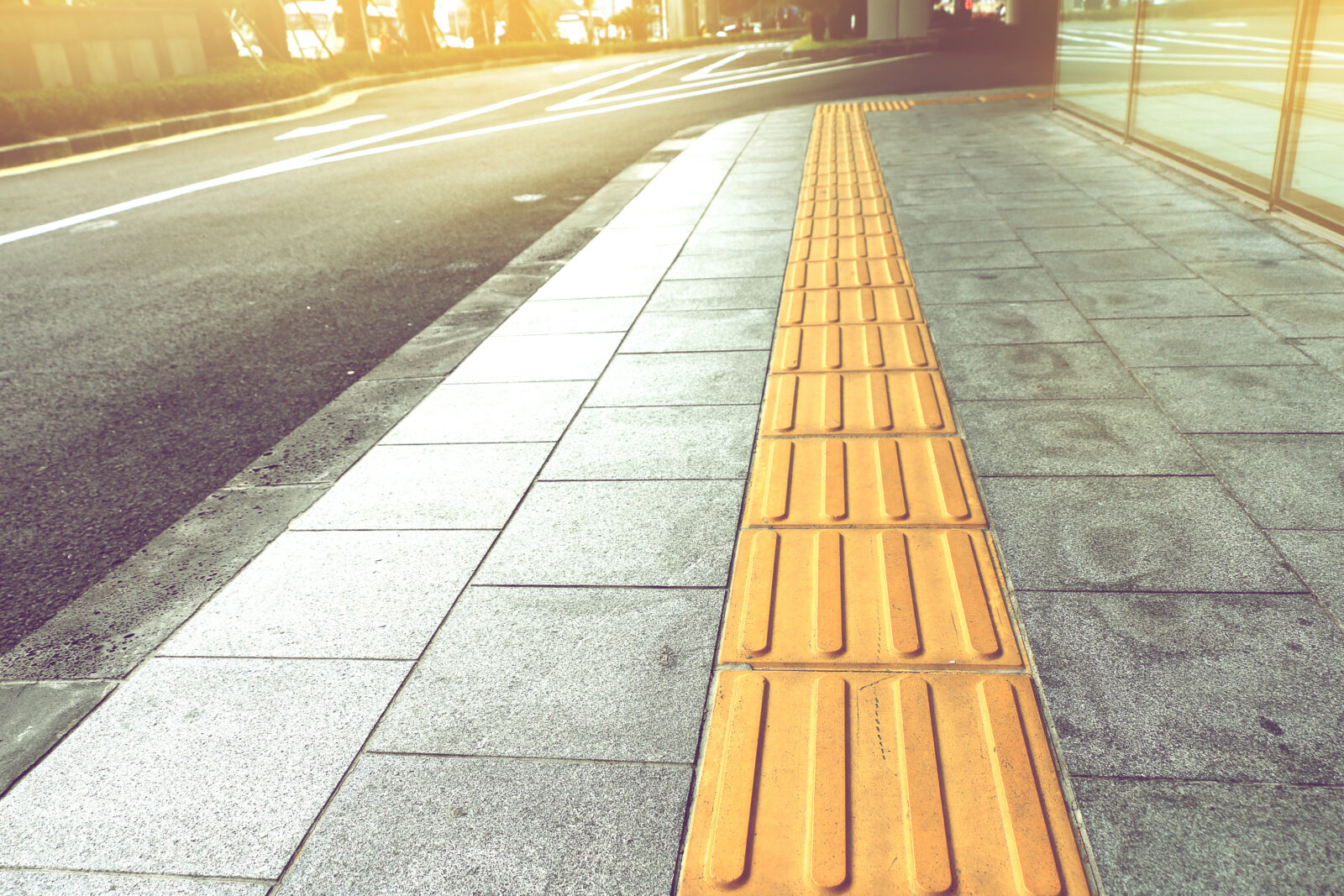
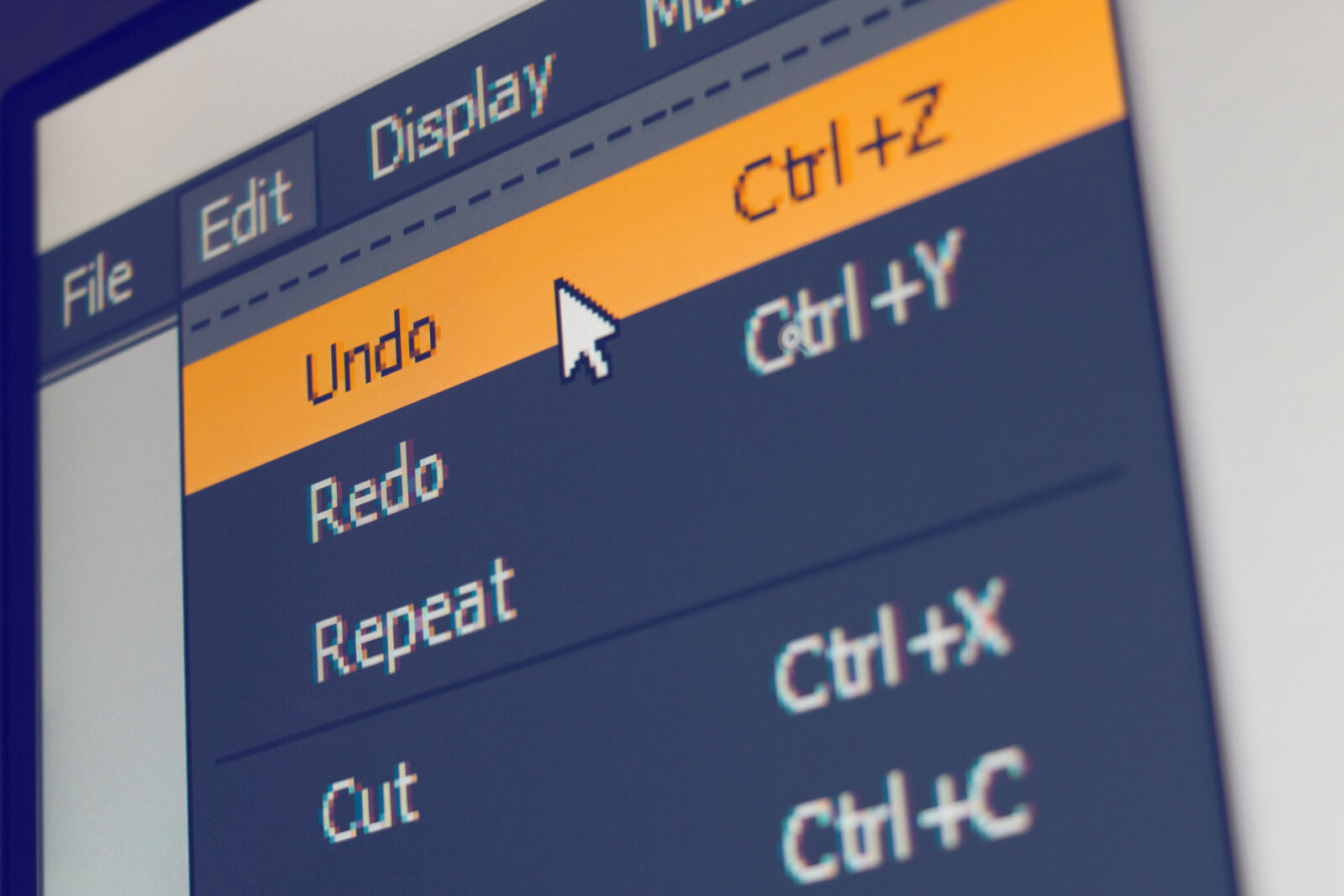
Tolerance for Error
The design minimizes hazards and the adverse consequences of accidental unintended actions
Low Physical Effort
The design can be used efficiently and comfortably and with a minumum of fatigue.

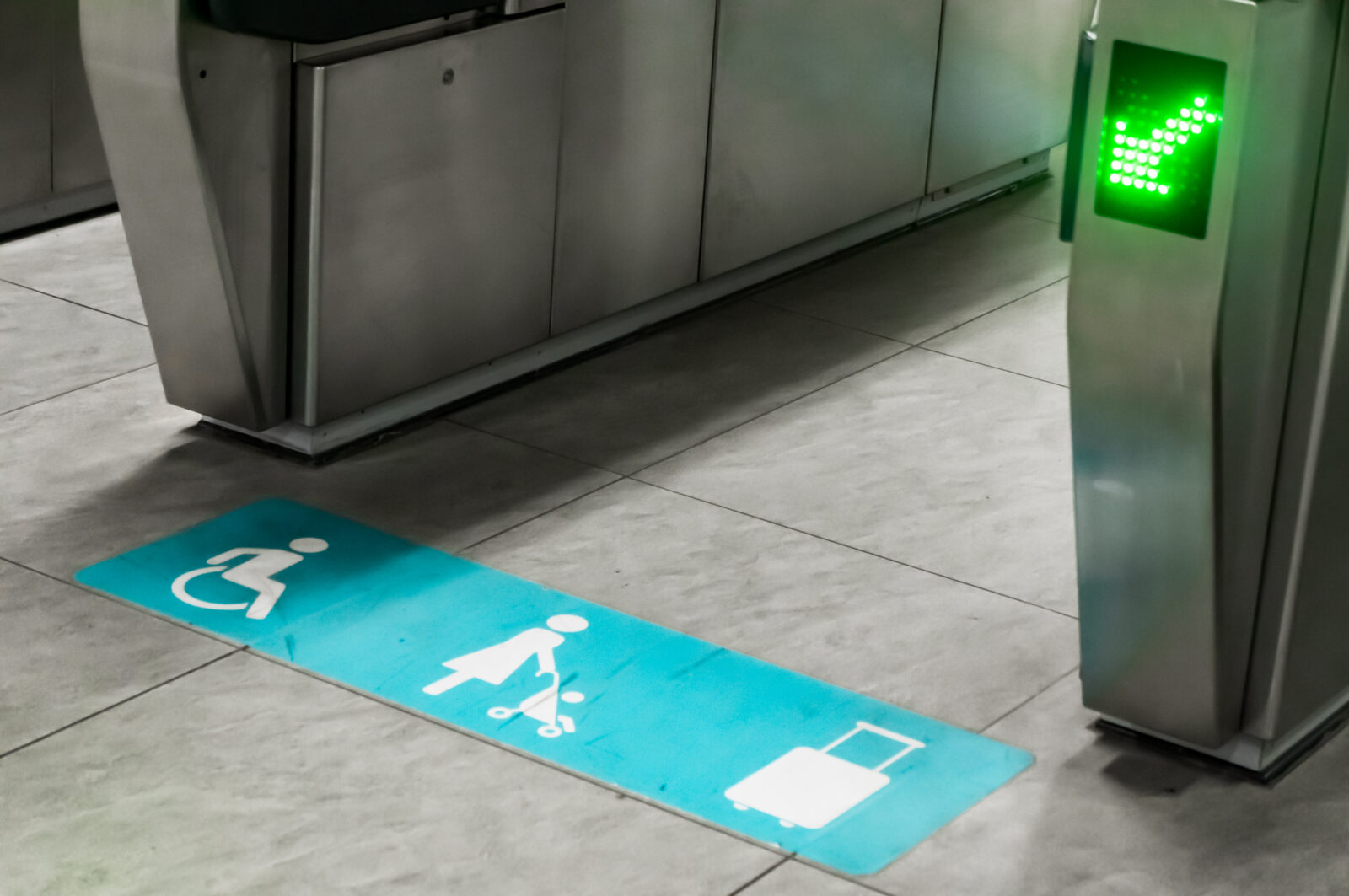
Size and space for approach and Use
Appropraite size and space is provided for approach, reach, manipulation and use regardless of users body size, posture or mobility.

